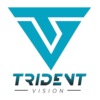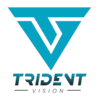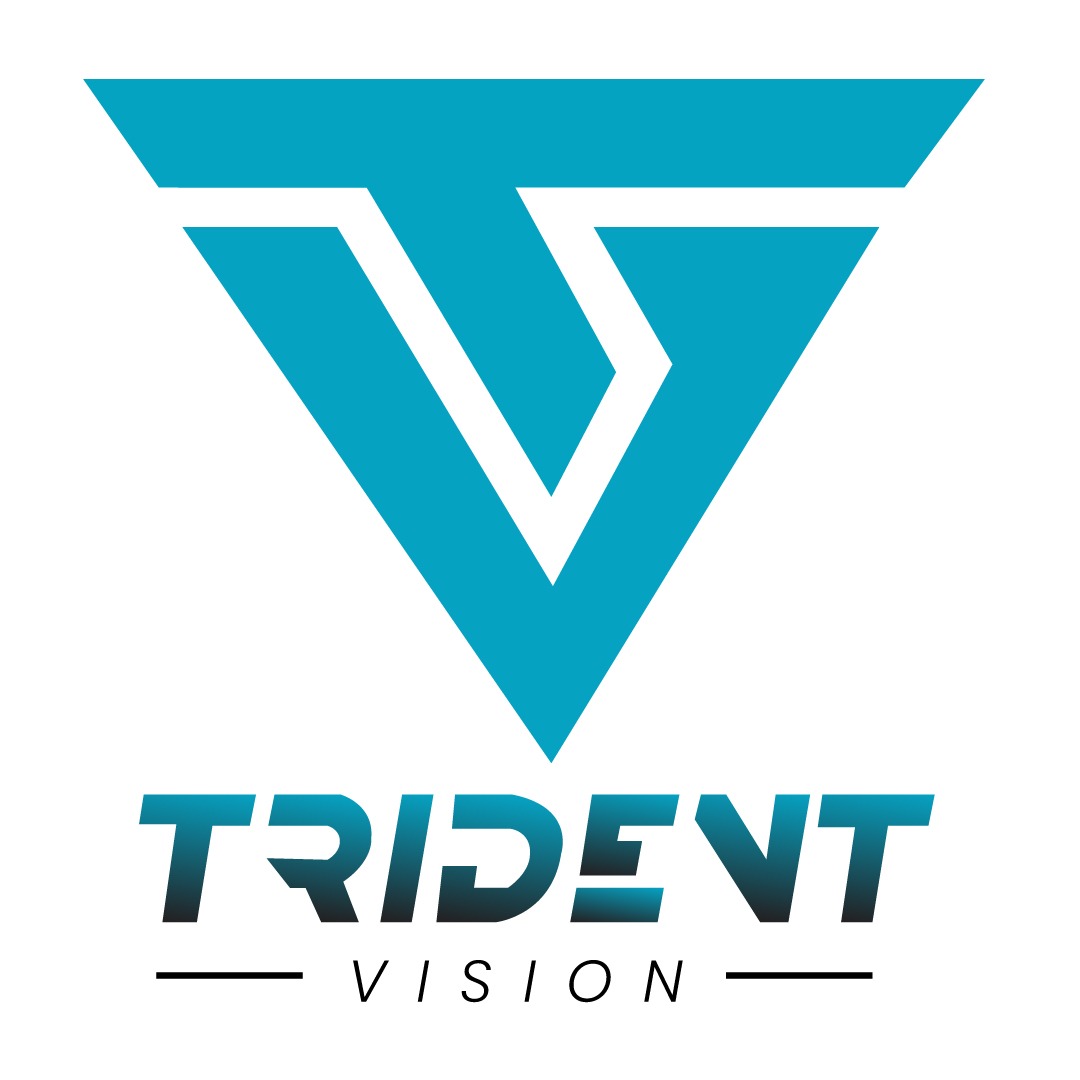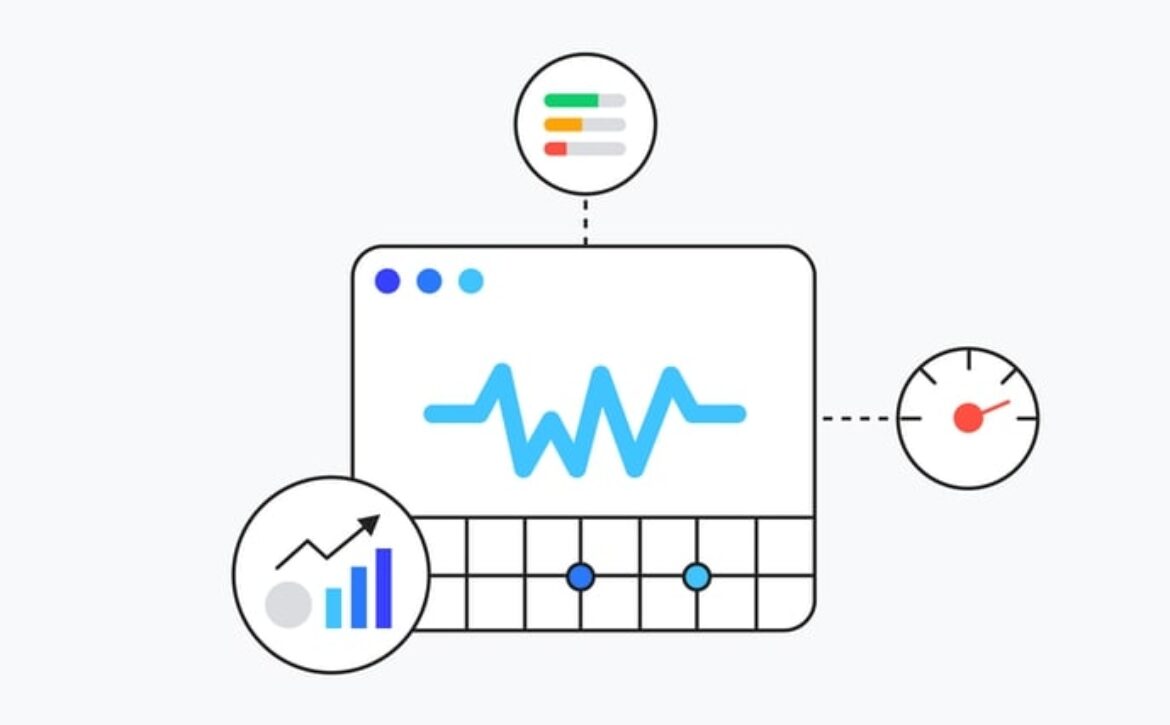Bing SEO vs Google SEO
With 5.6 billion searches per day, Google may seem the only search engine worth optimizing, but Google isn’t the only one in town. Microsoft’s Bing is Google’s toughest neighbor. It may not be affected by Google, but it does 12 billion global searches a month.
Bing may be out of the reach of Google, but it has some advantages. Competition in Bing will probably be less. Because Bing is a natural language specialist, many voice assistants use it for voice search. This makes it especially popular in the e-commerce business and ideal for reaching international audiences.
This is a wise way to optimize your website for both search engines. While the two search engines have a lot in common, there are subtle differences in how Bing and Google evaluate content quality.
Bing vs Google
Both Bing and Google are search engines, so they are very similar in principle, but they differ greatly in terms of SEO algorithms. Bing’s most important ranking factors are very different from Google’s ranking factors, and the features Google Ads provides are not the same as those of Bing Ads.
For example, both search engines prioritize brands over other sites, but Bing tends to prioritize older sites with domain names such as .edu and .gov. Google, on the other hand, tends to prefer newer and more popular commercial sites. In short, Bing prioritizes de facto relevance to results, and Google prioritizes social relevance. However, Bing pays more attention to social media signals than Google. Pages at the top of Bing tend to be tweeted, reshared, and liked. The more your website is shared on social media, the more likely it is to work well with BingSEO. In this round of Google vs., Bing and Bing are much more advantageous.
I have permission for both Bing and Google search pages, but it’s much more important to Bing results. This means that new websites will be much harder to reach the top of Bing’s search results to reach their digital marketing goals.
Another important Bing consideration is your website’s CTR and cost-per-click. The more people click on your link, the better Bing will be treated. For you, this means you have to put extra effort into meta descriptions, titles, and captions.
There are big differences between Bing and Google, but both basic search SEOs are a bit similar once you learn them.
Why use Bing SEO?
People using Bing tend to lean to the right and are a bit less technical (think people who are still using Internet Explorer, MSN Search, and Microsoft Advertising). So if your advertising campaign is targeted at people, Bing can be a big help. In short, it allows you to reach completely different demographics and allows your business to take additional steps for long-term profits.
Optimize your content for Bing and Google
- Make sure you’ve taken care of title optimization.
- Be persevering about link building.
- Optimize your content URLs and anchor text.
- Use a high-performance SEO competitor analysis tool to figure out what your competitors are doing well and determine what you want to emulate.
- Creating a sitemap can also help enhance your website if you try to rank it on both search engines.
Both Google and Bing provide advice on creating and uploading sitemaps through their respective webmaster guidelines.
Tips for Google SEO
The first was to reach the top of the Google page to rank as many keywords as possible. This has led to cynical practices such as keyword abuse. This also led to the excellence of list item types. It’s also useful for the reader, and it’s easier to save the keywords in a list. While this type of content remains popular, Google also prioritizes ranking articles that cover the topic in detail. It has to do with the authority of the subject.
Subject authority is one of Google’s most important ways to determine website and page rankings. You can increase traffic to a keyword by placing one keyword. Websites with subject rights, on the other hand, are ranked by adjacent keywords related to the original topic. For example, a website that is authoritative for the keyword “SEO” will also start ranking the adjacent term “Website Audit”. What is the key to getting the current privileges? Deeper writing of content. Backlink research shows that longer content leads to better SERP rankings and tells Google that you run a high-quality website.
Be sure to include many relevant keywords in your content to make your theme more relevant. A great way to do this is to use focused and spoken content.
Tips for Bing SEO
Bing grows with accurate keywords and different types of content. Fill your blog with this and double the exact use of keywords for a greater chance of success with it.
As mentioned earlier, Bing is not a fan of semantic search. Search engines prefer to use the exact keywords they are eager to search for. Find the exact keywords that are relevant to your audience and include them in all your articles. Use a dedicated keyword ranking to find the exact phrase that is relevant to your audience.
Another prominent element, Bing’s visual search capabilities, is particularly sophisticated and represents different channels for displaying content. Bing also outperforms Google in the presence of video and other multimedia content on the page. You can read more about how to diversify your content types into formats that Bing can follow by referring to our webmaster guidelines.





